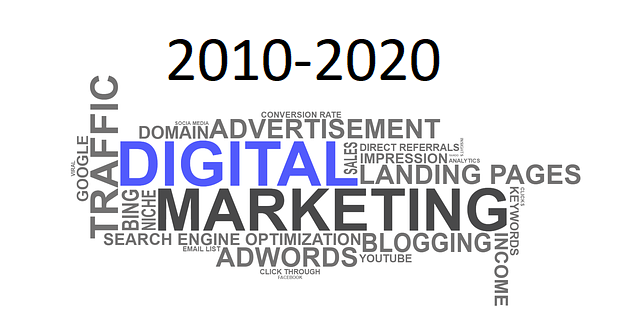
How the Landscape Has Changed From 2010 to 2020
How the Landscape Has Changed From 2010 to 2020
Cheers to all we’ve accomplished in the era of “likes.”
It’s funny to imagine our lives 10 years ago — especially when it comes to digital marketing. Pop culture was marked by Jersey Shore and the new Apple device: the iPad. In my career, I had just founded my digitally native marketing agency with a single employee. In the decade since, I’ve watched my company develop directly alongside the social media channels we work on.
As we enter 2020, I’m reflecting on all that digital marketing has become. The number of curveballs we’ve been thrown is countless, but I’ve observed three key overarching themes in the last decade of digital marketing.

The fight to be seen and heard heats up.
As we entered 2010, marketers realized the power of digital advertising, sending us into the battle to be seen and heard in an oversaturated market. To minimize the guesswork, a few updates were popularized, including hashtags and cross-post keyword search. Two implications of these features were the rise of branded campaigns and SEO practices, now givens for digital advertising strategies.
However, by the time brands learned one Facebook algorithm, an update served us a new one. 2016 marked a huge shift for the platform, with Facebook’s “Newsfeed Value” system giving the power to the people and sending brands to the backseat. As a proposed solution to the volume of content on the site, this update prioritized what was “most relevant” to users in the form of friends’ and family’s posts.
Then in 2018, just as brands were adjusting, Mark Zuckerberg hit us with another update meant to facilitate “more meaningful social interactions.” Marketers felt the consequences of decreased traffic, with native posts receiving favor over ads. Brands pivoted to increase visibility by establishing a culture that revolved around creative storytelling, influencer marketing and, of course, audience engagement.
About the author



